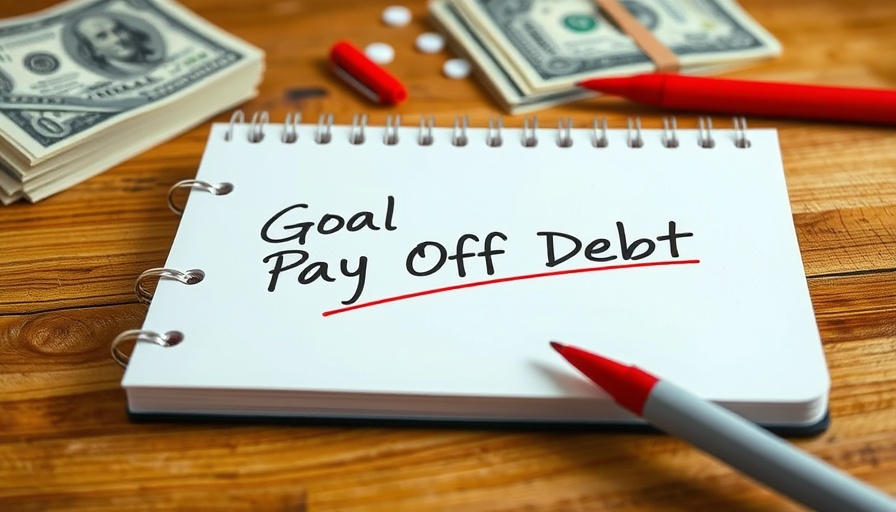
Unlocking the Risks of Using Your IRA for Debt Payment
As financial pressures mount, many people consider using their retirement funds to address immediate debts, particularly credit card balances. However, the allure of quick cash often overlooks the numerous risks associated with early IRA withdrawals. Before deciding to tap into these crucial savings, understanding the long-term consequences is essential.
The Financial Consequences of Early Withdrawals
Withdrawing money from an Individual Retirement Account (IRA) before reaching the age of 59½ carries substantial penalties that can undermine financial stability. For example, a traditional IRA can impose both a 10% early withdrawal penalty and ordinary income taxes on the amount withdrawn. If an individual decides to withdraw $10,000, and their tax bracket is at 22%, the financial pinch could lead to an immediate loss of $3,200, significantly reducing the benefits of accessing these funds.
Exploring Alternative Debt Solutions
Instead of draining retirement accounts, individuals can explore debt repayment strategies that prioritize long-term financial health. Debt management plans allow for consolidating debts at lower interest rates, while methods such as the debt snowball and avalanche can help systematically pay down obligations over time. Credit counseling services can also offer tailored advice and solutions to manage debts effectively.
Roth IRAs: What You Need to Know
For those considering a Roth IRA, it's worth noting that while you can withdraw contributions without penalty, the rules become more stringent for earnings. Unlike traditional IRAs, premature withdrawals from a Roth account can impact future savings unless certain conditions are met. Additionally, understanding your withdrawal's tax implications remains critical.
Understanding Long-Term Growth and Opportunity Costs
Opting to withdraw funds from an IRA not only incurs immediate costs but also sacrifices potential future growth. Retirement accounts are designed for compounding returns; taking out early disrupts this trajectory. For instance, if someone pulled out $10,000 in their 40s, that money could grow to over $32,000 by the time they retire, assuming a modest 6% annual return. This highlights the opportunity cost of early withdrawals.
Risk of Creating Larger Financial Problems
Using retirement savings to pay off debt may provide temporary relief, but it often leads to larger financial dilemmas. The additional tax burden from the withdrawal may push an individual into a higher tax bracket or disqualify them from credits or benefits they previously qualified for. Additionally, this approach may create a reliance on retiree savings instead of establishing a sustainable debt repayment strategy.
Building a Debt Management Mindset
Understanding the implications of using an IRA for debt repayment emphasizes the necessity of developing a debt management mindset. Individuals should aim to budget effectively, consider debt consolidation options, and seek professional financial advice. By addressing debt systematically rather than impulsively accessing retirement funds, one can foster healthier financial habits that promote resiliency in the long term.
If you’re facing debt and considering all your options for repayment, take the time to explore the implications of using your IRA and look for more sustainable solutions. Your future self will thank you for protecting your retirement savings.
 Add Row
Add Row  Add
Add 



Write A Comment